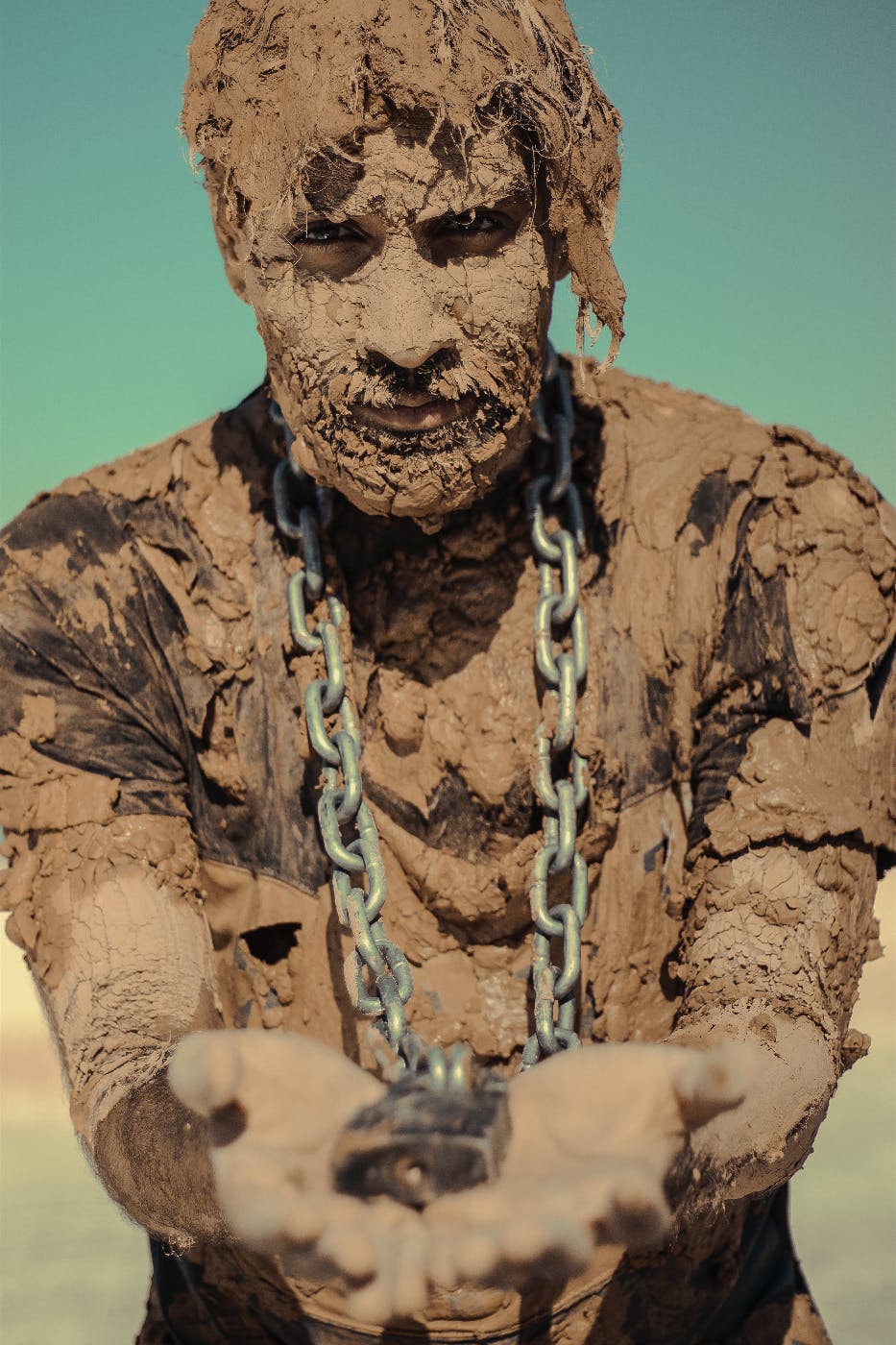
Color is a potent and often underestimated tool in the world of branding and marketing. When we think of famous brands, their logos, and visual identities often come to mind.
Color is a potent and often underestimated tool in the world of branding and marketing. When we think of famous brands, their logos, and visual identities often come to mind. These visual elements play a crucial role in shaping our perceptions, emotions, and preferences, and color is a fundamental component of this visual identity. The psychology of color in branding is a complex and fascinating field that delves into the ways in which color choices can influence consumer behavior, shape brand personality, and create powerful connections between companies and their target audience. In this deep dive, we will explore the intricate relationship between color and branding, uncovering the psychological underpinnings that drive consumer choices and brand associations.
The Power of Color
Color is a universal language. It transcends cultural, linguistic, and geographical barriers to convey messages, emotions, and concepts. In the world of branding, color serves as a silent ambassador, sending signals and messages that can be more powerful than words. This phenomenon can be better understood through the lens of psychology.
Color and Emotion
Colors evoke emotions and feelings, and they can significantly impact our moods and behavior. This has been a topic of study for psychologists and marketers alike. For example:
- Red: This color is often associated with excitement, passion, and urgency. It can create a sense of urgency and encourage impulse buying, making it a popular choice for clearance sales.
- Blue: Blue is often linked with trust, reliability, and serenity. This makes it a common choice for brands in the healthcare and financial sectors, where trust is paramount.
- Yellow: Yellow exudes energy, happiness, and optimism. Brands looking to convey a youthful and sunny image often incorporate yellow into their logos and designs.
- Green: The color green is strongly associated with nature, health, and growth. It's frequently used by brands that want to highlight their eco-friendly and sustainable practices.
- Black: Black is often synonymous with sophistication, luxury, and elegance. Luxury brands like Chanel and Prada leverage black to convey a sense of exclusivity and quality.
These emotional associations are deeply ingrained in our psyche, and they guide our perceptions of brands and products. Marketers leverage this understanding to create emotional connections with their audience.
Color and Brand Personality
Just as individuals have personalities, brands, too, have distinct personalities. Color plays a pivotal role in shaping and communicating a brand's personality. Consider the following:
- Harley-Davidson: The use of black and orange in Harley-Davidson's branding conveys a rugged, rebellious, and adventurous brand personality, appealing to the sense of freedom and rebellion often associated with motorcycle culture.
- Coca-Cola: The red color of Coca-Cola's logo exudes excitement, energy, and passion. It complements the brand's image of a fun and uplifting beverage.
- Apple: Apple's clean and minimalist design with white and silver creates a sense of sophistication, innovation, and simplicity. It aligns with their brand personality of cutting-edge technology and user-friendly design.
- Whole Foods Market: The use of green in Whole Foods Market's branding communicates a brand personality that is fresh, healthy, and eco-conscious, aligning with their commitment to organic and sustainable products.
The consistency of color choices across various brand touchpoints, from logos to packaging to marketing materials, reinforces and solidifies these brand personalities in the minds of consumers. It creates a strong and cohesive identity that helps consumers relate to and trust the brand.

The Influence on Consumer Behavior
The psychology of color in branding goes beyond shaping brand personality; it also influences consumer behavior. Understanding the impact of color on purchasing decisions is vital for marketers.
Color and Purchase Decisions
Studies have shown that color can have a significant impact on purchase decisions. Consumers often make snap judgments about products based on color alone. For example:
- In a study published in the Journal of Business Research, researchers found that consumers' willingness to purchase, satisfaction, and loyalty were all influenced by color.
- Another study published in the Journal of Retailing discovered that the color of a product's packaging can affect consumers' expectations about its taste. For instance, red or warm-colored packaging might lead consumers to expect a spicier flavor.
- Online retailers frequently use color psychology to optimize their websites. Call-to-action buttons, such as "Buy Now" or "Add to Cart," are often designed in colors like red or orange to create a sense of urgency and encourage immediate action.
Color and Brand Recognition
Consistency in color use also contributes to brand recognition and memorability. Consider brands like McDonald's, with its distinctive red and yellow color scheme, or Facebook, with its iconic blue logo. These colors have become inextricably linked with the brands they represent, making them instantly recognizable in the crowded marketplace.
Cultural and Contextual Factors
While there are general associations with colors, it's essential to consider cultural and contextual factors when using color in branding. The same color can evoke different emotions or meanings in various cultures. For example:
- In Western cultures, white is often associated with purity and simplicity, while in some Eastern cultures, it can symbolize mourning and death.
- Purple is often linked to luxury and royalty in many cultures, but in some parts of the world, it carries more spiritual or even mournful connotations.
- In certain contexts, like healthcare, the color red may be associated with warnings and emergencies, while in others, it can symbolize passion and love.
Marketers must be aware of these nuances and adapt their color choices to align with the cultural and contextual sensitivities of their target audience.
Case Studies: Brands Using Color Effectively
1. McDonald's
McDonald's, one of the most recognizable brands globally, uses red and yellow in its branding. The combination of these warm colors creates a sense of excitement and urgency, encouraging quick, easy, and joyful dining. This aligns with the brand's promise of fast food and a cheerful atmosphere, making it a perfect example of how color reinforces brand identity and personality.
2. Starbucks
Starbucks, known for its green logo and store decor, has chosen green to communicate a commitment to sustainability, quality, and a connection to nature. The use of earthy green tones throughout their branding helps convey a sense of freshness and environmental responsibility, appealing to consumers looking for a more ethical coffee experience.
3. IBM
IBM, a tech giant, employs blue in its branding. Blue symbolizes trust and reliability, core qualities sought in technology partners. IBM's use of blue conveys stability and professionalism, building trust with corporate clients and consumers alike.

Summing Up
The psychology of color in branding is a deep and nuanced field. It demonstrates the profound impact color choices can have on emotions, brand personality, and consumer behavior. Effective color selection in branding can create powerful connections with consumers, strengthen brand recognition, and influence purchasing decisions. However, it's essential to consider cultural and contextual factors and ensure that color choices align with the brand's values and the preferences of the target audience. When used strategically, color becomes a silent yet compelling storyteller, conveying the essence of a brand and leaving a lasting impression in the minds of consumers. In the world of branding, color is more than a visual choice; it's a psychological and emotional tool that shapes how we perceive and interact with the brands that surround us.
You Should Know
ThoughtLab is a dynamic and innovative full-service creative agency renowned for its exceptional branding prowess and relentless commitment to thinking outside the box. With a team of visionary creatives, strategists, Web3, and marketing experts, plus decades of superior website design, ThoughtLab consistently delivers groundbreaking solutions that redefine the boundaries of branding and design. They understand that in today's fast-paced and competitive landscape, it is vital to break away from convention and embrace bold, unique ideas.
ThoughtLab's approach revolves around immersing themselves in their client's businesses, understanding their values and aspirations, and crafting tailor-made branding experiences that resonate deeply with the target audience. Their track record of success stands as a testament to their ability to push creative boundaries, captivate audiences, and ensure their client's brands stand out amidst the noise. With a focus on innovation and a passion for excellence, ThoughtLab continues to be at the forefront of revolutionizing the world of branding and marketing. Contact ThoughtLab today.

